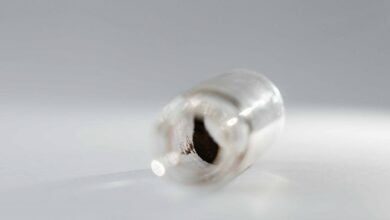New study reveals unique proteins responsible for left-handedness

The study, which examined rare genetic variants in over 350,000 individuals, has revealed that tubulins, unique proteins responsible for building the internal skeletons of cells, play a significant role in determining hand dominance.
These findings challenge common assumptions about the prevalence of left-handedness and provide valuable insights into the genetic basis of handedness.
During the embryonic stage of human development, the left and right sides of the brain are wired differently, leading to the formation of specific preferences as individuals grow. This includes hand dominance, which influences activities such as writing, holding utensils, and more.
The study found that tubulins, through their role in forming hair-like structures called cilia within cells, contribute to the asymmetry of the developing brain and, consequently, hand dominance.





